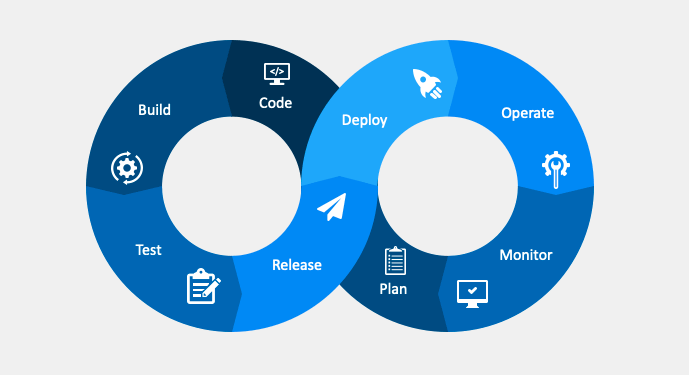
IT Environment Management (Image by TestProject)

IT Environment Management (Image by TestProject)
IT environment management in the IT industry refers to the holistic practices and strategies used to oversee and regulate the technical and operational components of an organization’s IT infrastructure.
The scope of IT environment management includes, but is not limited to, managing hardware, software, networks, and services to ensure they work together harmoniously and efficiently.
Optimizing IT environments involves regular assessments and updates to keep pace with technological advancements.
This optimization ensures that IT resources are not only current but also cost-effective, reducing wastage and maximizing return on investment.
In this article, we’ve just scratched the surface of IT environment management.
To learn more about how this critical practice can transform your organization’s IT infrastructure, we invite you to take a closer look.
You’ll find strategies for increasing system reliability, adapting to technology changes, and improving overall performance.
IT environment management is a comprehensive approach to managing the configuration, performance, security, and availability of IT infrastructure and services.
IT environment management ensures that all the technical parts of a company’s IT setup – like servers, networks, and software – work together without a hitch.
This management is not just about fixing things when they break. It’s proactive, focusing on making sure everything is up-to-date, secure, and running as efficiently as possible. How?
IT environment management identifies performance bottlenecks before they cripple your system, ensuring applications run at peak speed and users stay productive.
IT environment management constantly monitors for threats and vulnerabilities, patching weaknesses and securing your data, so you can sleep soundly knowing your system is protected.
IT environment management optimizes resource allocation, eliminating redundancies and maximizing efficiency. Say goodbye to wasted money and hello to a leaner, meaner IT machine.
IT environment management promotes sustainable practices like energy-saving configurations and e-waste reduction, minimizing your environmental impact and ensuring your IT machine runs clean and green.
For these reasons, IT environment management and IT infrastructure management are closely related, yet distinct areas within the broader IT landscape. Both share the goal of maintaining a stable and efficient IT operation.
IT environment management often includes infrastructure management as a key component, ensuring that the infrastructure is not only sound, but also seamlessly integrated with other aspects of the IT environment.
We have articles that can be your guide to a deeper understanding of IT infrastructure management.
So, where businesses rely heavily on technology, effective IT environment management is more important than ever.

IT environment management is all about ensuring your company’s tech side runs smoothly.
In other words, IT environment management is the behind-the-scenes work that keeps your IT systems running at peak performance.
That’s why the benefits are simple, but powerful. Let’s break down those benefits:
Whether you’re an IT professional or a business leader, understanding and implementing the best practices can make a significant difference in how your organization navigates the complex digital landscape.
But how do you master the art of managing environment for IT Department? Let’s define some of the best practices.
Navigating management for IT Department comes with its challenges, but with a clear understanding and the right approach, it’s manageable.
Here’s a quick look at the main hurdles you’ll likely encounter in this field.
Each of these challenges requires a thoughtful and strategic approach to ensure the smooth operation of IT environments in today’s dynamic and complex business landscape.
As we wrap up our journey through IT environment management, let’s highlight the key takeaways.
Effective managed environment is like a puzzle, where each piece – monitoring, security, resource allocation, disaster recovery, software updates, employee training, automation, and sustainability – fits together to create a complete picture.
These practices aren’t just good-to-have; they’re essential for a stable, secure, and efficient IT environment. And, for sure, IT environment management is about being proactive, not reactive.
If you haven’t already, now is the time to strengthen your IT environment management practices.
It’s an investment in the health and security of your organization’s digital backbone.
You’ll be well-equipped to meet the challenges and opportunities of the digital landscape if you adopt these practices.